Dance with Confidence - Some tips for the social dance flooor
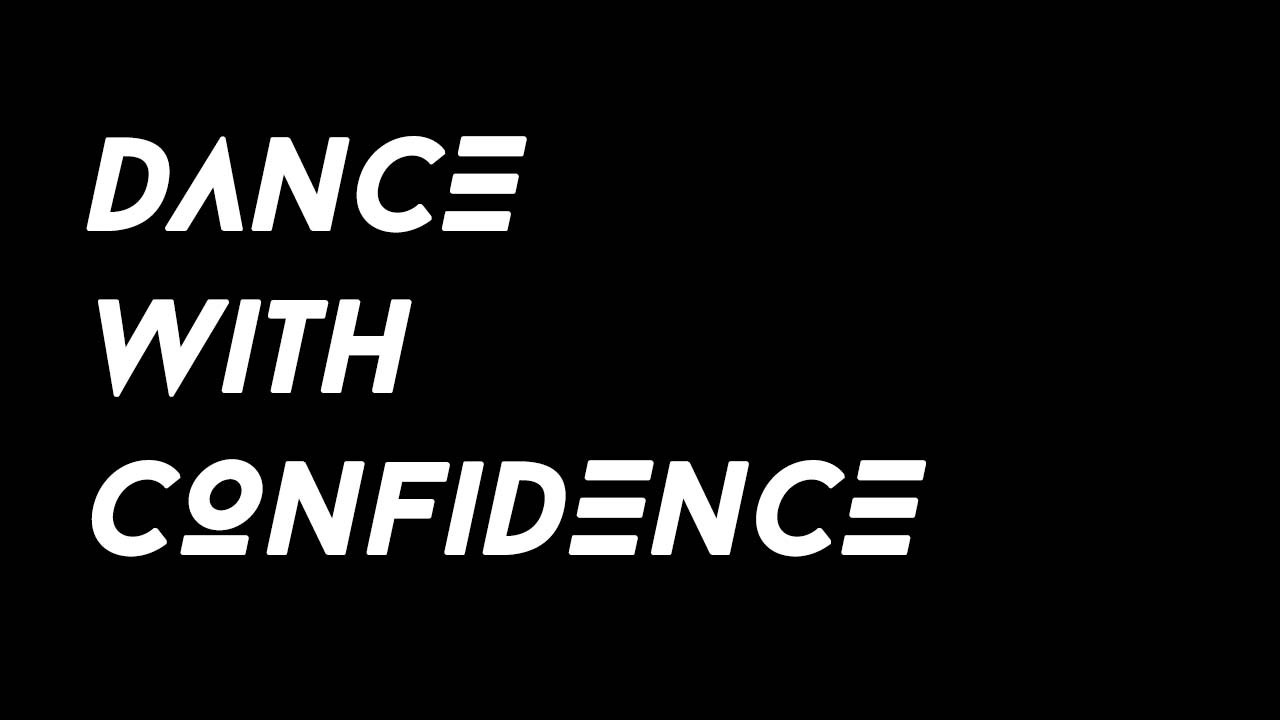
Nice to have you here!
In this post you will read about confidence and why it is important on the dance floor.
This is an excerpt from one of my books - "The Secrets of Social Dance - How to Become a Popular Dancer" which you can find on Amazon.
Dare to Invite
If you want to be in the dance scene and really make it pay off, you might need to invite yourself. No matter if you are a man or woman, these days, you will often have to stand on the sidelines and watch other people enjoying themselves if you only wait for others to invite you, if you expect always to be asked.
Inviting others to dance also makes a lot of things happen.
- First of all, you get to know more people. The more people who know you and have danced with you, the more people will have an easy time to invite you back. You have taken the first step. You already showed you wanted to dance with them. So, it is easy for them to continue. The stakes are lower. You make it easier for them to invite you back.
- Seco ...
Don't Dance with Your Partner!
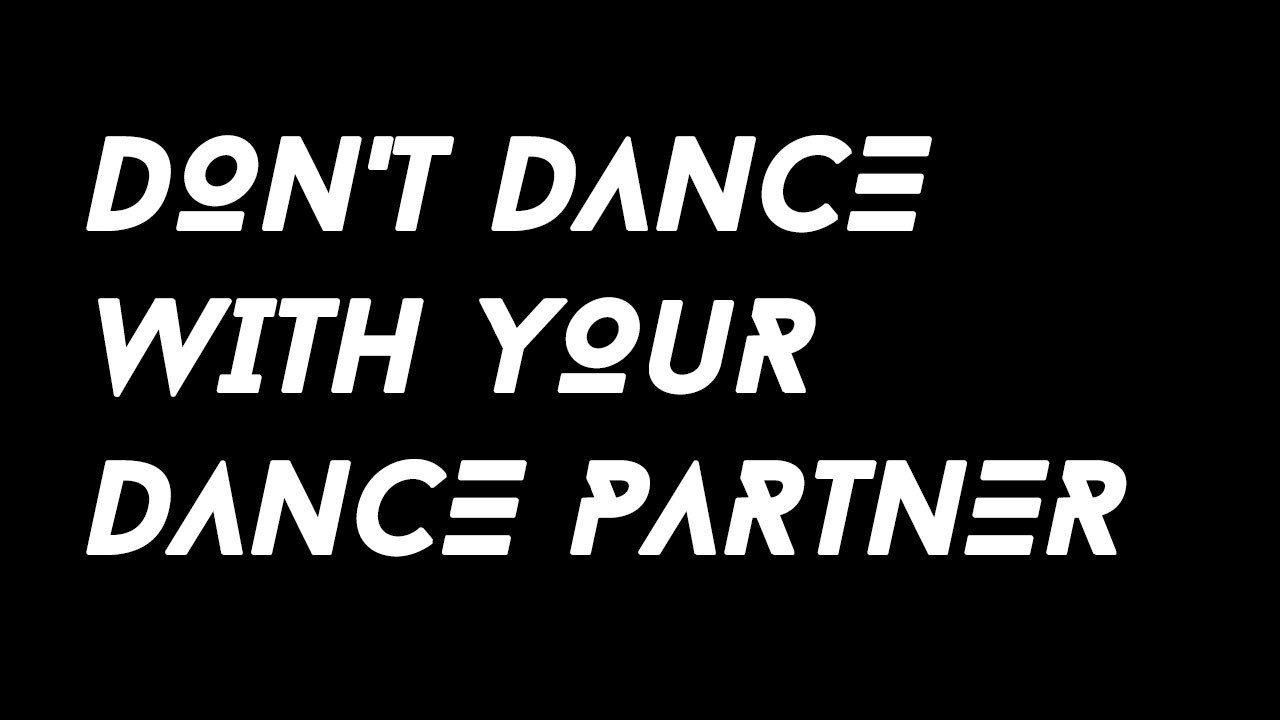
Nice to have you here!
In this post you will read about why you shouldn't dance with your dance partner. No, I am kidding. It is ok to dance with your partner. But...
This is an excerpt from one of my books - "The Secrets of Social Dance - How to Become a Popular Dancer" which you can find on Amazon.
... if you only dance with your partner, you will not advance as fast. It is not too uncommon that a couple shows up in class and don't want to change partners like everyone else does. I usually accept it, but I also often let them know that they will not advance as fast as dancers.
Sometimes you also see couples glued together in dance socials. I don't quite understand it. If they only want to dance together, why not do it at home? There is so much fun going on in a social, so why not take part? It is like they are there, but they are not quite there.
Yes, you can become excellent within your couple. You might dance great together. If that is the only goal, then go ahead. But th...
How to Get More Dances in the Socials

Nice to have you here! In this post we talk about how to get more dances in the socials, festivals and parties, no matter what dance skills or other qualities we have! And no matter if we dance kizomba, urban kiz, salsa, bachata or any other social dance.
This is an excerpt from one of my books - "The Secrets of Social Dance - How to Become a Popular Dancer" which you can find on Amazon.
"So far, we have covered a lot of topics that are not dance related, and also pretty quick and easy to fix. If you still struggle to get dances, even if you have made all these quick fixes, I have a couple of more tips for you.
First of all, think of how you can reverse the things we talked about in the part about Invitation Smarts. I mean, if we, on the one hand, want to avoid rejection, we have to find the right moment to invite. We have to be smart about it and ask people when they are most likely to say yes. But if we also want to be invited more often, we can reverse engineer it from the s...
Dance Smarts - For Leads & Follows
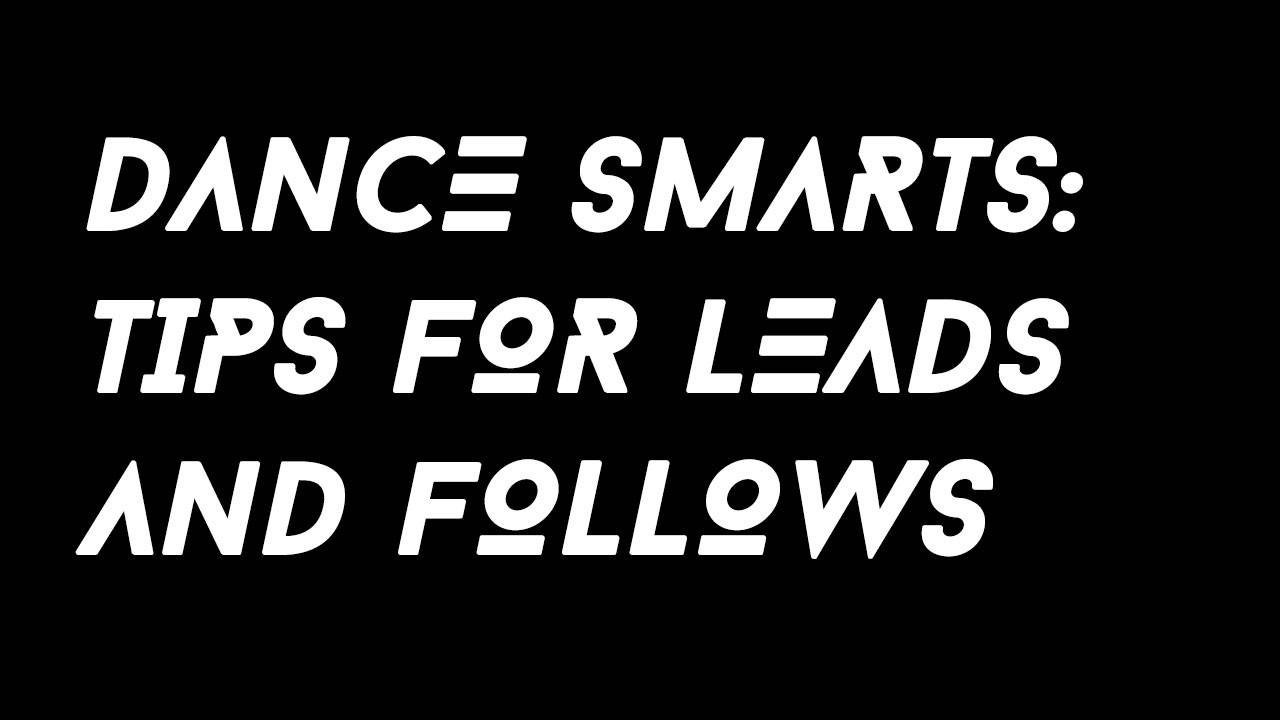
Nice to have you here! In this post we talk about something I call dance smarts. If you are a lead, follows will love if you do this. And if you are a follow, leads will too!
This is an excerpt from one of my books - "The Secrets of Social Dance - How to Become a Popular Dancer" which you can find on Amazon.
Be Gentle
This might seem obvious, but it is still far too common to not include here. Good technique is not painful at all. Poor technique can be.
- First of all, don't squeeze your partner. Not the hand, not the body.
- Don't hold your partner's fingers. If you hold the fingers, doing any kind of turn might also turn your partners' fingers in their place. No more dancing with that partner. Maybe ever.
- Avoid pushing and pulling. Your partner wants to keep their arms in place, no need to pull them off. If you are gentle, everything will work out better. Remember, leads send a signal. They make a suggestion. It is up to the follow to interpret that signal and move. The lead ...
Creating the Best Partner Experience When You Dance
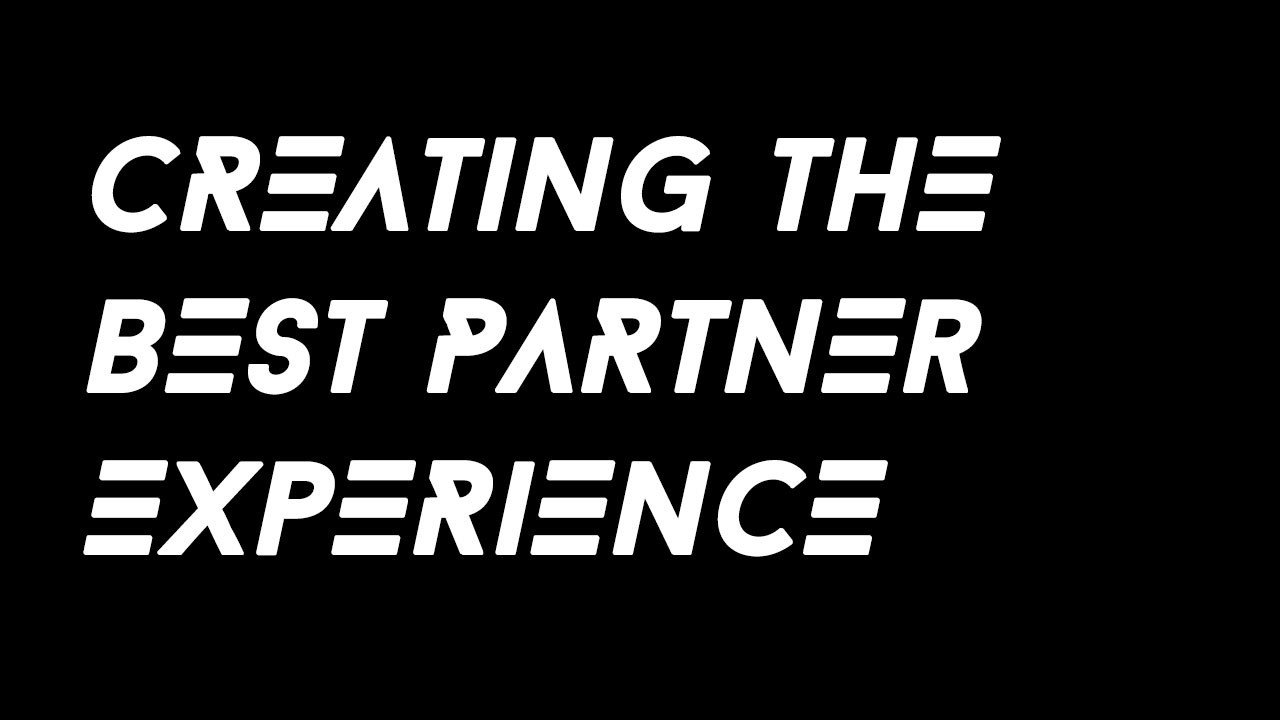
Nice to have you here! In this post, we will cover how we can create the best possible experience for ourselves and our partner when we dance. It is something that everyone can do no matter if you are a beginner or an advanced dancer. If I would summarize these different points I think I would call it "showing up for real".
This is an excerpt from one of my books - "The Secrets of Social Dance - How to Become a Popular Dancer" which you can find on Amazon.
Presence
When we dance, if we want to create a good connection with our partner, we need to be present. We need to be there and then, both physically and mentally. We cannot be thinking about something else, whether it is work, relationships or any problems in life.
We need to pay attention to what they are doing, what is happening around us and in the music as we dance. When we are truly present, giving our undivided attention to the dance, the communication in dance will be better, and there is a chance that we will find th...
Tips for Your Personal Dance Level
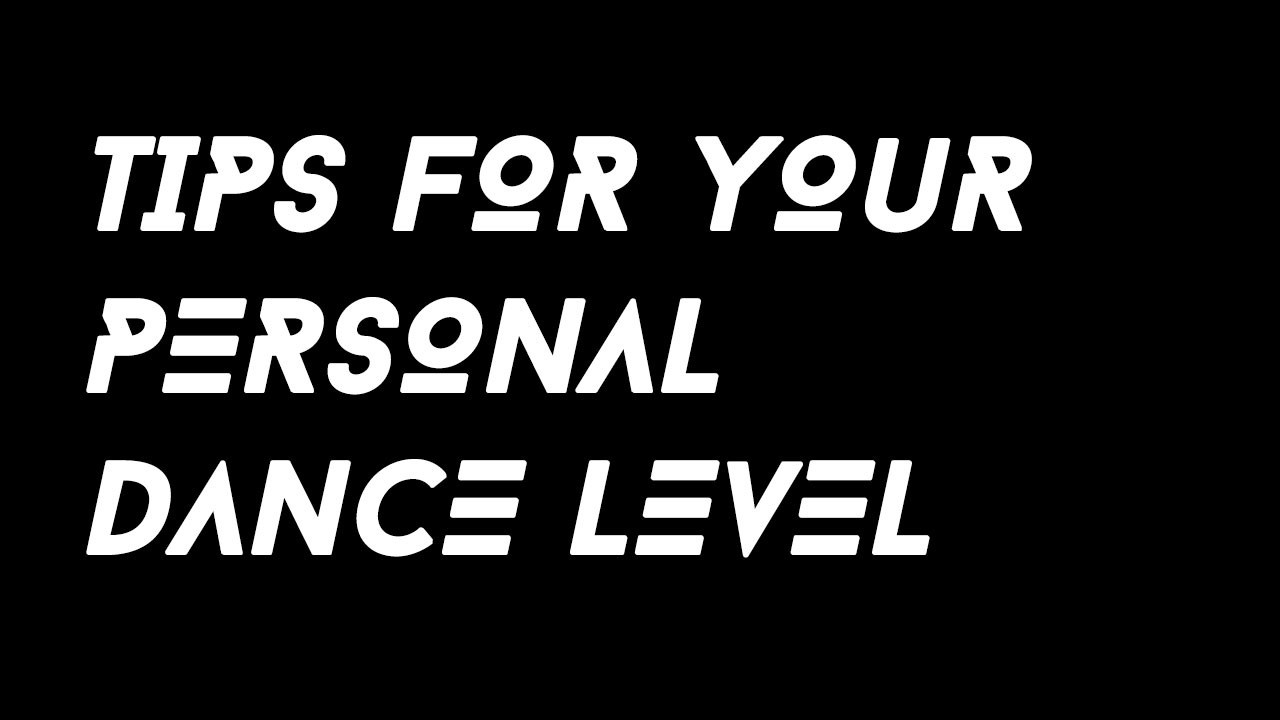
Here are some tips for dancers on different levels - in salsa, bachata, kizomba, urban kiz, tango or whatever social dance you enjoy. We start out with beginners...
This is an excerpt from a bonus text in one of my books - "The Secrets of Social Dance - How to Become a Popular Dancer" which you can find on Amazon.
Beginner Dancers
First of all, don't hesitate to go dancing. The longer you wait, the longer you miss out, and the harder it will be to dare to go. You don't have to be a great dancer to enjoy dancing.
When I started with capoeira, I went to classes for some time, but I think I took at least ten classes before I went into the roda, before I put anything that I had learnt to the test. I started seeing people who had just taken one class or a couple of classes going into the roda, and I began to wonder what I was doing. Why didn't I enter? Waiting for too long just made it more and more difficult as the pressure to perform got higher.
The earlier you start, the less pr...
Why You Should Dance with Beginners

Yeah, there it is. I said it - dance with beginners! Why? Because you will become better. Of course, if we dance reasonably often, we will become better over time no matter what, and no matter if we dance kizomba, salsa, bachata or something else. Soon I will come back to why we should dance with beginners, but first something about why people don't want to dance with beginners.
This is an excerpt from one of my books - "The Secrets of Social Dance - How to Become a Popular Dancer" which you can find on Amazon.
We all have a start. We are all beginners at some time, and beginners are often not as popular on the dance floor, for some different reasons.
- They don't yet have the dance skills
- They are not good at adapting to their partner
- They don't have floor craft
- They don't know how to create connection
- They don't have much of "dance smarts."
- They are often not very creative
- They don't have the musicality
These are all things that can take time to develop.
But there i...
Some Social Rules for Social Dance
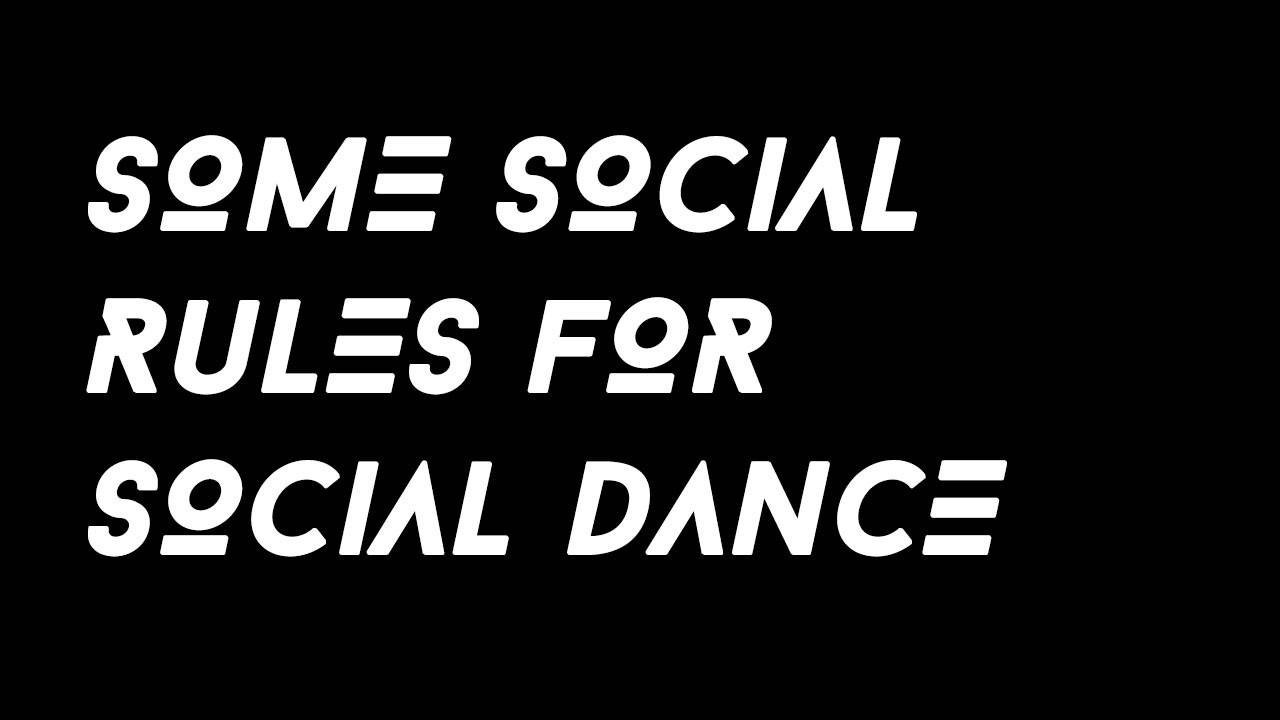
Social Dance is not just about dancing. It is just as much about the social interaction, so when we go dancing, it makes sense to not just make sure we dance well, but also make sure we follow some basic social rules to make it nicer for our partner, and in the end, also for us. This is not a complete list, just a few fundamentals. But no matter if you dance tango, salsa, bachata, kizomba, west coast swing or any other dance, it makes sense to follow.
This is an excerpt from one of my books - "The Secrets of Social Dance - How to Become a Popular Dancer" which you can find on Amazon.
The Golden Rule
The golden rule in social interactions is to treat others like you would like to be treated yourself. This is a maxim that is found in most religions and cultures, guiding human behaviour and teaching our children how to behave with other people. It has even been endorsed as a part of the 1993 "Declaration Toward a Global Ethic". To me, it makes total sense also to apply it in social ...
The Positive Effects of Social Dancing

I do not doubt that social dancing is one of the best things you can do in your spare time. Salsa, bachata, kizomba, tango, west coast swing - all of them have benefits that are more obvious, and some not so obvious. They all force you to use several different senses and to use many different skills. Dance can make you healthier and happier. And it also connects you to other people.
This is an excerpt from a bonus chapter of one of my books - "The Secrets of Social Dance - How to Become a Popular Dancer" which you can find on Amazon.
If you are already a social dancer with some experience, you have felt how it is to forget everything else at that moment. You have been wholly present in the dance, lost track of time and space a bit, not spending a thought on work, your relationship, or anything else in life that might otherwise occupy your mind.
Meditation
Social dance can be like taking a vacation to a beautiful place where no problems exist, even if it is just for a short moment i...
The Elements of Music

If you want to learn more about music and musicality, no matter if you dance kizomba or any other dance, this is a good place to start. Music is built on the interplay of three things:
- Rhythm
- Melody
- Harmony
Let’s take a closer look at each one of these elements.
This is an excerpt from my book about musicality - "The Secrets of Musicality for Dancers - Learning Nine Essential Skills for Musicality in Dance" Just click the link.
Rhythm
Rhythm is essential for music. It is the element of time in music. When we clap our hands or tap our foot to the music, we are expressing one part of rhythm, the pulse.
Just like most things in nature, like the heart, the waves on the beach or the night and day rhythm, all music has a pulse, at a specific tempo. This is the same as when we often talk about beat, and the beat of music. From now on we will use the word beat instead of pulse, as I think it is more common among dancers. The tempo of this beat is what we often call BPM (Bea...




